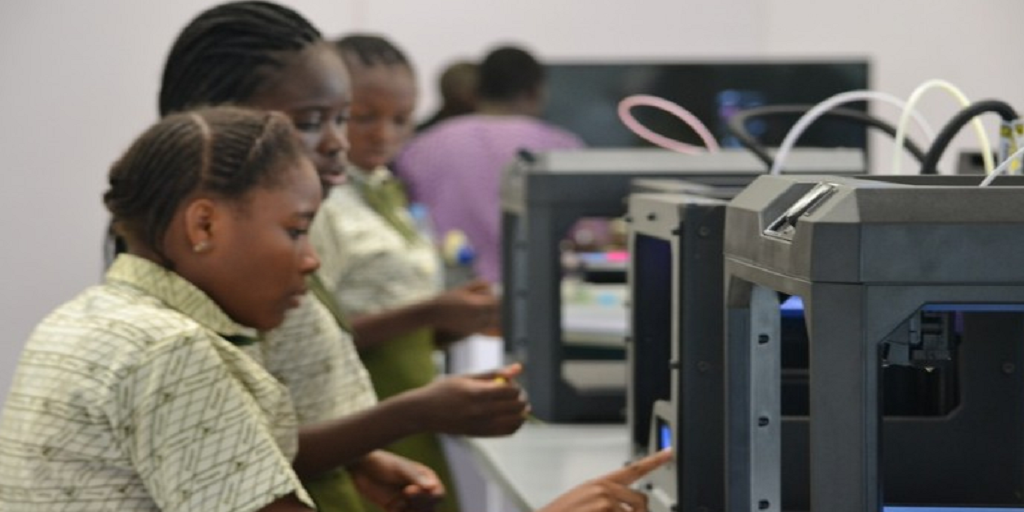I’ve noticed a common refrain in today’s news cycle: in order to remain viable in the global economy, countries need to get behind 3D printing, and fast. Africa, which has been experiencing an encouraging amount of growth across the continent, hasn’t seen much of a reduction in poverty and unemployment, unfortunately. This is likely due to the stagnation of the manufacturing sector, while the service sector expands. China, which has long been the recipient of jobs outsourced from other countries looking to exploit its cheap labor, has, in recent years, benefited from rising wages and highly skilled manufacturing jobs of its own. This was expected to leave Africa as the new destination for outsourced, low-wage manufacturing jobs.
“The exploitation of cheap labour can no longer serve as the comparative advantage in the face of the relatively cheap, yet highly efficient technology that is radically overhauling the manufacturing sector around the globe,” says Hailemichael Teshome Demissie, PhD, senior research fellow and program head, Inclusive Bioeconomy of the African Centre for Technology Studies.
The only solution, Demissie contends, is for Africa to jump on the 3D printing bandwagon itself. So far, the continent has been slow to develop the technology, which leaves it in a position to fall further and further behind the rest of the world.
“President Obama’s pledge to turn America’s ‘Rust Belt’ into a ‘Tech Belt’ deploying 3D printing technology is instructive for Africa too,” Demissie adds. “The US government’s decision to open several 3D printing manufacturing hubs in a bid ‘to turn regions left behind by globalisation into global centres of high-tech jobs’ is not only a precedent to emulate, but also a serious warning if Africa chooses to ignore it.”
He suggests a series of steps that should be taken by Africa’s leaders to facilitate the adoption of the technology, including orchestrating the collaboration of funding agencies, academic institutions, governmental entities, industries and entrepreneurs to create an “innovation ecosystem” and establish regulations and funding strategies. 3D printing needs to be emphasized within school curriculum, and Africa’s research organizations should collaborate with both national and international programs to establish and maintain a strong foundation of digital manufacturing research. Startup and spinoff companies should be encouraged and supported, and overall, he says, African people should be made aware of the potential of the technology and its economic impact.
There are reasons to feel encouraged that the continent is beginning to make an effort to adopt 3D printing technology. A Togolese inventor named Afate Gnikou proved that 3D printing need not be expensive when he built his own 3D printer from salvaged electronic waste for $100. 3D printed prosthetics have been lifesavers for some citizens, and researchers at the Vanderbilt-Zambia Network for Innovation in Global Health Technologies have utilized 3D printing to improve malaria testing. A program begun at the National University of Ireland, Galway is aiming to make the lives of African women easier by teaching them to 3D print their own labor-saving farm tools.
STEM education standards emphasize 3D printing, robotics and other emerging technologies. Youth For Technology, a nonprofit organization with offices in Nigeria and Kentucky, has made technology training in developing countries a priority for the last 15 years. In July of this year, they facilitated a 3D Printing Academy For Girls, which taught young girls in the Niger Delta about the basics of 3D printing technology. When trying to solidify the presence of a particular technology in a society’s future, it pays to get the youngest citizens excited about a technology early on. It may be a small step, but it’s an important step.
Is 3D printing the way towards further economic development in Africa? Let us know your thoughts in the African 3D Printing forum thread on 3DPB.com.
